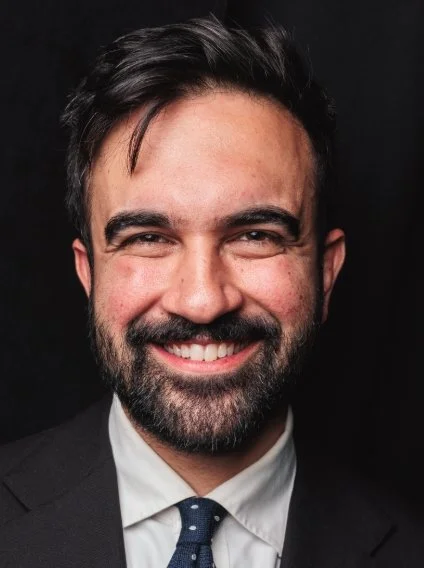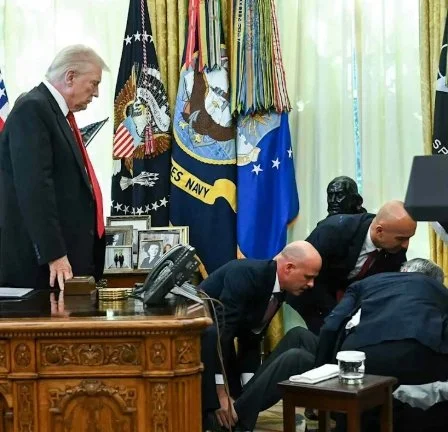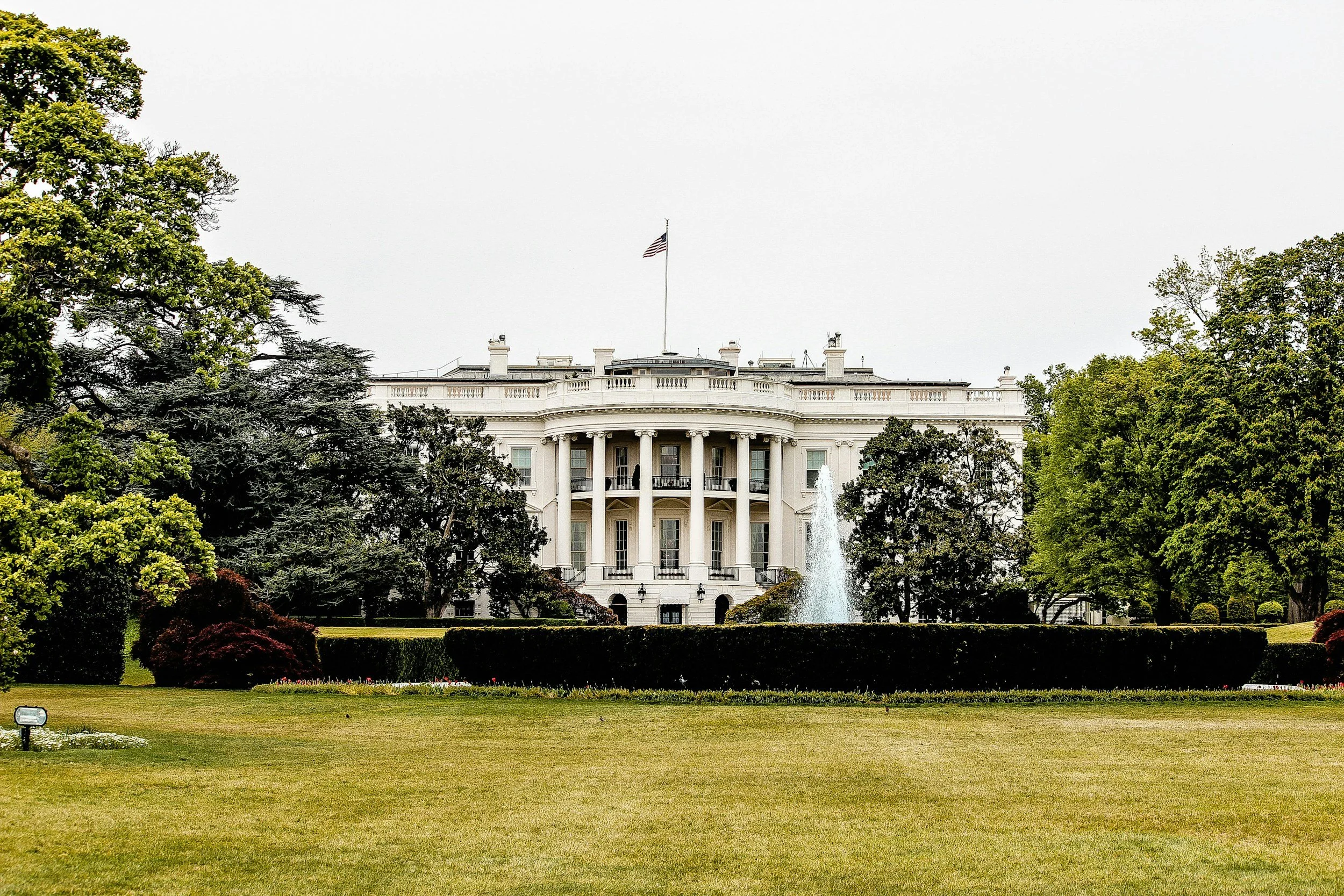The Psychology of Protest: Why the Peacefulness of "No Kings" Matters More Than Its Scale
On October 18, 2025, the world witnessed one of the largest coordinated protest movements in U.S. history. The No Kings demonstrations drew millions of participants across more than 2,600 locations. The sheer numbers are staggering, but what is perhaps even more remarkable is what did not happen.
There were no mass riots. No widespread looting. No pitched battles between protesters and police. No blood in the streets.
For anyone who studies the psychology of activism, that outcome is extraordinary. Statistically, the larger and more charged a protest is, the greater the likelihood of conflict, especially when state repression is visible and political polarization is at its peak. Yet the No Kings protests defied those odds, demonstrating the maturity, discipline, and moral clarity of the American left in the face of immense pressure.
Protest as a Pressure Cooker
Social psychology has long recognized that mass protests function as pressure cookers. Large crowds generate anonymity, anonymity can fuel impulsivity, and charged grievances can quickly escalate into acts of defiance. Add to this the classic "outgroup framing" by authorities, in this case the Trump administration’s insistence on branding the protests as "terrorist" or "anti-American," and the likelihood of violent flashpoints rises.
Historically, we see this pattern again and again. The 1968 Democratic National Convention protests in Chicago spiraled into clashes when police treated demonstrators as enemies of the state. The anti-Iraq War marches of the early 2000s, while often peaceful, still produced scattered arrests and altercations across global capitals. Even the 2017 Women’s March, which brought out an estimated five million worldwide, saw moments of tension in certain cities. The George Floyd protests of 2020 involved over 20 million people and, while overwhelmingly peaceful, still included thousands of arrests and incidents of property damage.
Scale correlates with risk. When millions take to the streets, the statistical probability of something happening rises dramatically. That nothing of that magnitude occurred during No Kings is not an accident. It is a choice.
The Discipline of Nonviolence
Activist psychology helps explain how this outcome was possible. Research into social movements shows that nonviolent discipline is rarely spontaneous; it must be taught, reinforced, and embodied by organizers.
The No Kings coalition placed extraordinary emphasis on de-escalation. Protest marshals were trained to guide crowds, calm confrontations, and redirect energy. Participants were encouraged to pair up in safety buddy systems, reducing the chance that individuals would get lost in anonymity. Know-your-rights trainings circulated widely, lowering fear while raising awareness of limits.
Most importantly, the movement framed its purpose not in abstract rage but in moral clarity: resisting authoritarian drift by affirming democracy itself. Here moral framing becomes a stabilizing force. When participants see themselves as guardians of principle rather than mere opponents of power, they become less susceptible to provocation and more resilient under pressure.
Violence From Above, Not Below
It is also essential to note the asymmetry of violence. Studies show that when violence erupts at protests, it is often precipitated by law enforcement escalation. State repression breeds reactive violence. This is why labeling protesters as "terrorists" before they even assemble is so dangerous. It primes police and National Guard forces to treat demonstrations as enemy territory rather than civic gatherings.
That No Kings remained peaceful under those conditions, with troops visibly deployed and governors casting the protests as threats, is an indictment of that framing. The violence never came from the protesters. It came, at most, from the state’s anticipation of an uprising that never materialized.
Consider the words of J.D. Vance, who defended Trump’s suggestion of invoking the Insurrection Act by calling the protests "a coordinated attack on American sovereignty." Texas Governor Greg Abbott went further, claiming the demonstrations were "a terrorist threat masquerading as civil disobedience." In the face of these characterizations, the restraint shown by millions of ordinary citizens stands as an extraordinary counterpoint.
A Testament to the Left
The American left has often been caricatured as unruly, violent, or anti-social. For decades, right-wing rhetoric has painted leftist protest as chaos incarnate, whether during the anti-Vietnam demonstrations, the civil rights era, or the George Floyd protests. By contrast, No Kings reveals something profoundly different: a movement capable of mobilizing millions in disciplined, creative, and nonviolent resistance.
This does not mean there were no risks or no isolated incidents. One man in New York was arrested for allegedly plotting violence, and surveillance concerns linger. But the story of October 18 is not one of firebombs or mobs. It is one of solidarity, restraint, and the collective refusal to let provocation define the movement.
Why It Matters
Political scientists argue that the success of nonviolent protest is not only in its moral legitimacy but in its ability to win public perception. Movements succeed when they appear orderly, credible, and morally unassailable. That is exactly what the No Kings demonstrations accomplished.
In a moment when the administration was ready to declare them terrorists, when the National Guard stood deployed, and when the President openly flirted with invoking the Insurrection Act, the protesters denied them the pretext. The absence of violence became its own kind of power.
Simply Put
The No Kings protests will be remembered not just for their size but for their discipline. They demonstrate that even in an age of state repression and political vilification, movements on the left can rise above the expectations of chaos.
Millions of people walked into the streets of America, framed as enemies of the nation by their own government, and left without leaving behind the wreckage of violence. In psychological, historical, and political terms, that is nothing less than extraordinary.
It is a testament, not only to the cause, but to the resilience of a movement that refused to give its opposition the crisis it wanted.












